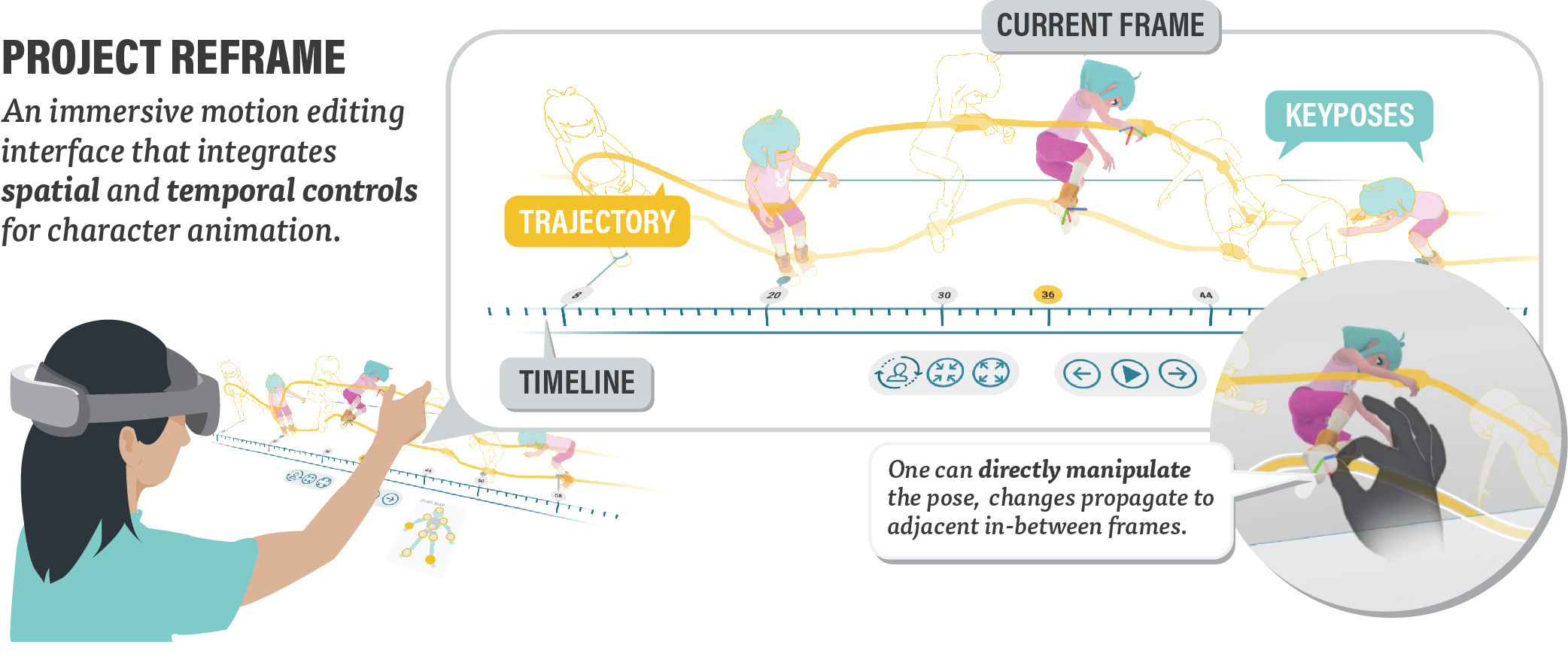Unleashing Creativity: The New Era of Democratized Content Creation
The ways people create, consume, and share content today have drastically changed from ten years ago. With an explosion of devices and media platforms, technology has become more accessible than ever, paving the way for a new generation of creators. Small studios and individuals are now able to produce content that stands alongside high-value productions, reaching millions and widening the landscape of media and entertainment. While content creation tools have become democratized, particularly in areas like video capture and production, gaps still exist. Creators have access to tools like phone cameras, but the software and infrastructure to elevate their content are missing. There are many opportunities for tools that can empower creators to achieve self-expression.
To navigate this new future, our first task was understanding what the creators of today and tomorrow might look like. This involved examining both the past and the present, and observing how the advent of the web has ushered new types of content into our homes, sparked the rise of virtual influencers, and empowered small studios to create indie games. This exploration also required firsthand impressions of these creators, gained through interviews and observations of their work and workflows.
We learned many lessons.
Our findings revealed that creators are passionate individuals seeking ways to express themselves, reach others, and embrace artistic, technical, or storytelling challenges. They thrive in this friction. These creators, driven by a creative thirst akin to the talents of the Renaissance, are generalists with knowledge in various areas, using their learnings and experiences from one domain to inform the other. Eventually, the line between tools and content blurred as creators recombine seemingly unrelated elements, transforming them into works of art.
It is this creation process that brings them joy, more so than the results themselves.
Every creation tells a story, whether it’s immediately apparent or subtly hidden. If it’s not rooted in the narrative, it resides in the characters’ motivations, appearances, interactions, and the way they mesh together, not to mention the influence of elements like music. Creators need tools to generate and intertwine all these components, granting them a world imbued with context. This is the junction where various artforms meet and call for workflows that support creators’ thought processes and working styles. It’s also a fertile ground for new opportunities.
With the myriad ways to interact with technology today, be it through our hands or words, we’re challenged to blend these methods to shape innovative ways of creation. A creator might express themselves better through writing, while others may prefer drawing, or some might pay more attention to other specific details. Ultimately, creators crave agency, the freedom to concentrate on their core talents and find delight in the process, all with the aid of technology to bridge the missing gaps.
At Autodesk Research, we take these considerations seriously. We are exploring ways people might create worlds, develop rich interactive experiences, and enable user actions to influence their environment and plot progression. These creations extend an invitation for audiences to participate, whether it’s engaging viewers in conversation or incorporating the audience as an active component in the storytelling, playing or co-creating in the new world shaped by the creator.
We’re also investigating how people might bring characters to life, a process that presents a unique challenge in the realm of animation. It’s a complex endeavor, necessitating sophisticated tools and a significant time investment. However, we’re optimistic as the world is becoming better equipped to tackle this challenge. For instance, the ability to capture our own motion serves as a starting point for animation.
This insight led to our collaboration with Meta, a company connecting billions of people daily and developing state-of-the-art hardware for immersive environments full of sensors for understanding people’s movements. This partnership offered us an avenue to leverage our extensive knowledge in 3D and animation tools to develop accessible tools for the masses.
At AU this year, our research team will share Project Reframe, a proof-of-concept for recording and editing motion in Virtual Reality. We’ve invested considerable time and effort in fine-tuning the interactivity and user experience, along with establishing the infrastructure to enable people to animate their characters.
This new era of creation aligns with Autodesk’s ethos, where our tools empower professionals to create movies and games, build cities, and design and manufacture products. Our research division has the resources and expertise to envision how anyone tomorrow might make anything.
We are excited for AU, Autodesk’s annual Design and Make Conference, to be the platform to initiate this conversation, and we invite you to join us as we make the new possible. Find us at the Expo’s Design and Make stage next Monday night, at panels, workshops, and idea exchanges to try our new research prototype. You can also send a note to reframe.research@autodesk.com and get updates on future research and opportunities to engage with our technology.
Get in touch
Have we piqued your interest? Get in touch if you’d like to learn more about Autodesk Research, our projects, people, and potential collaboration opportunities
Contact us